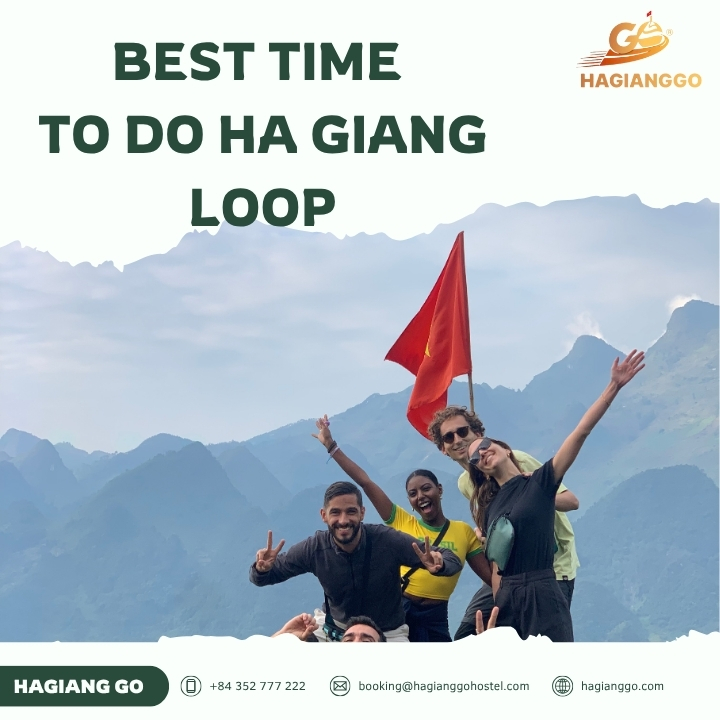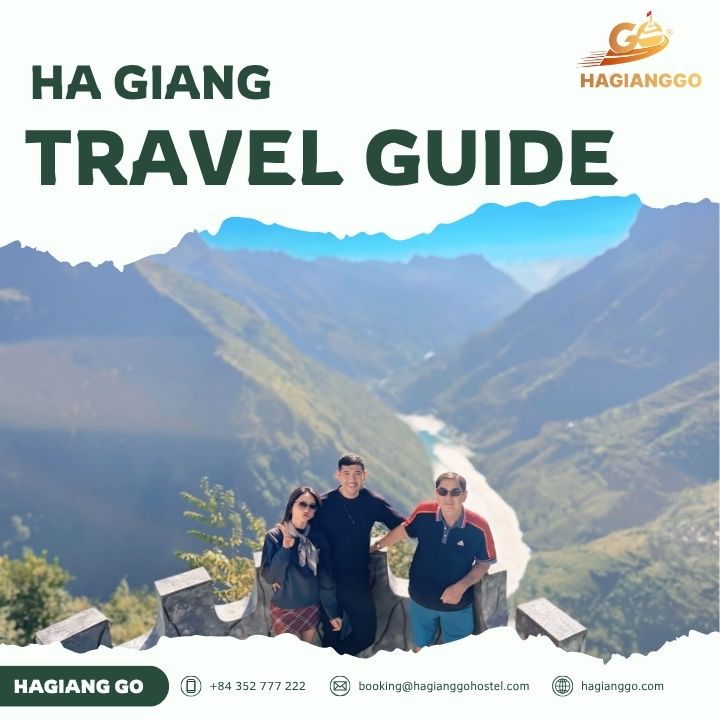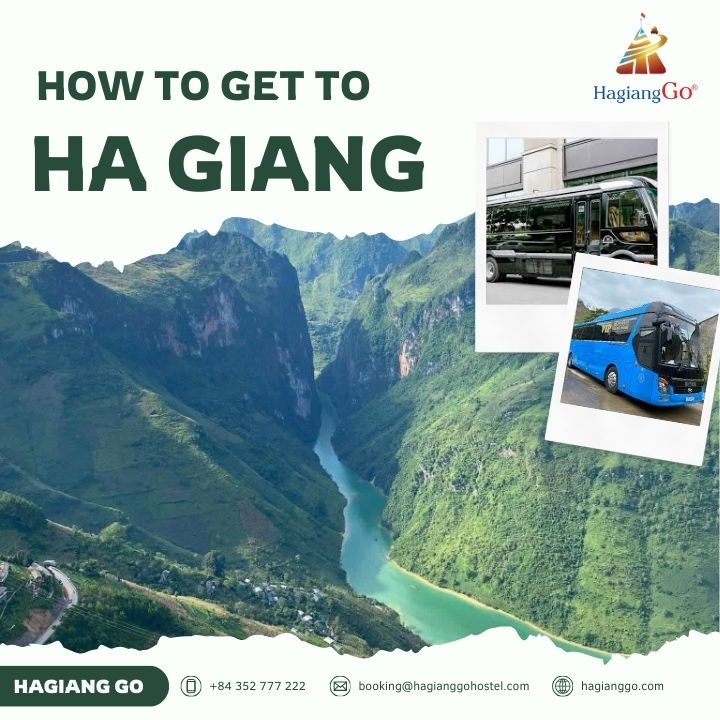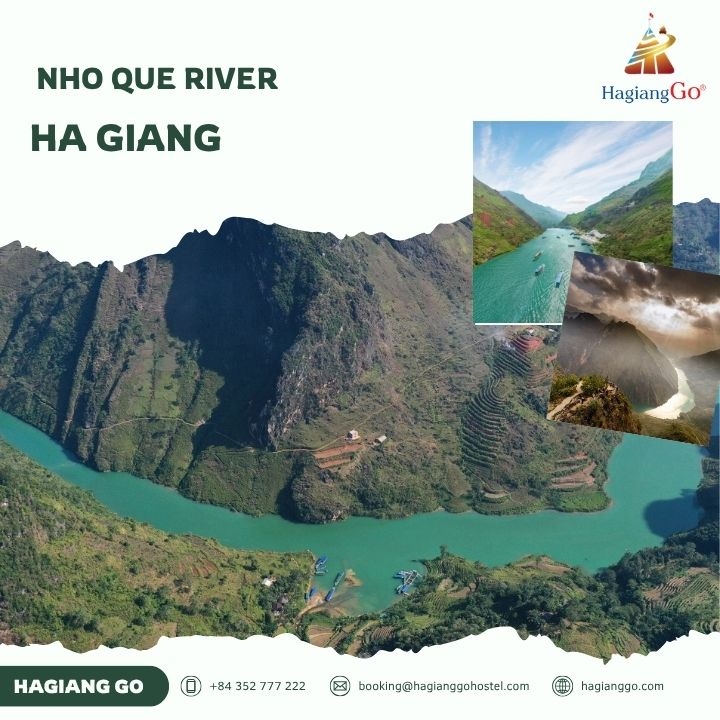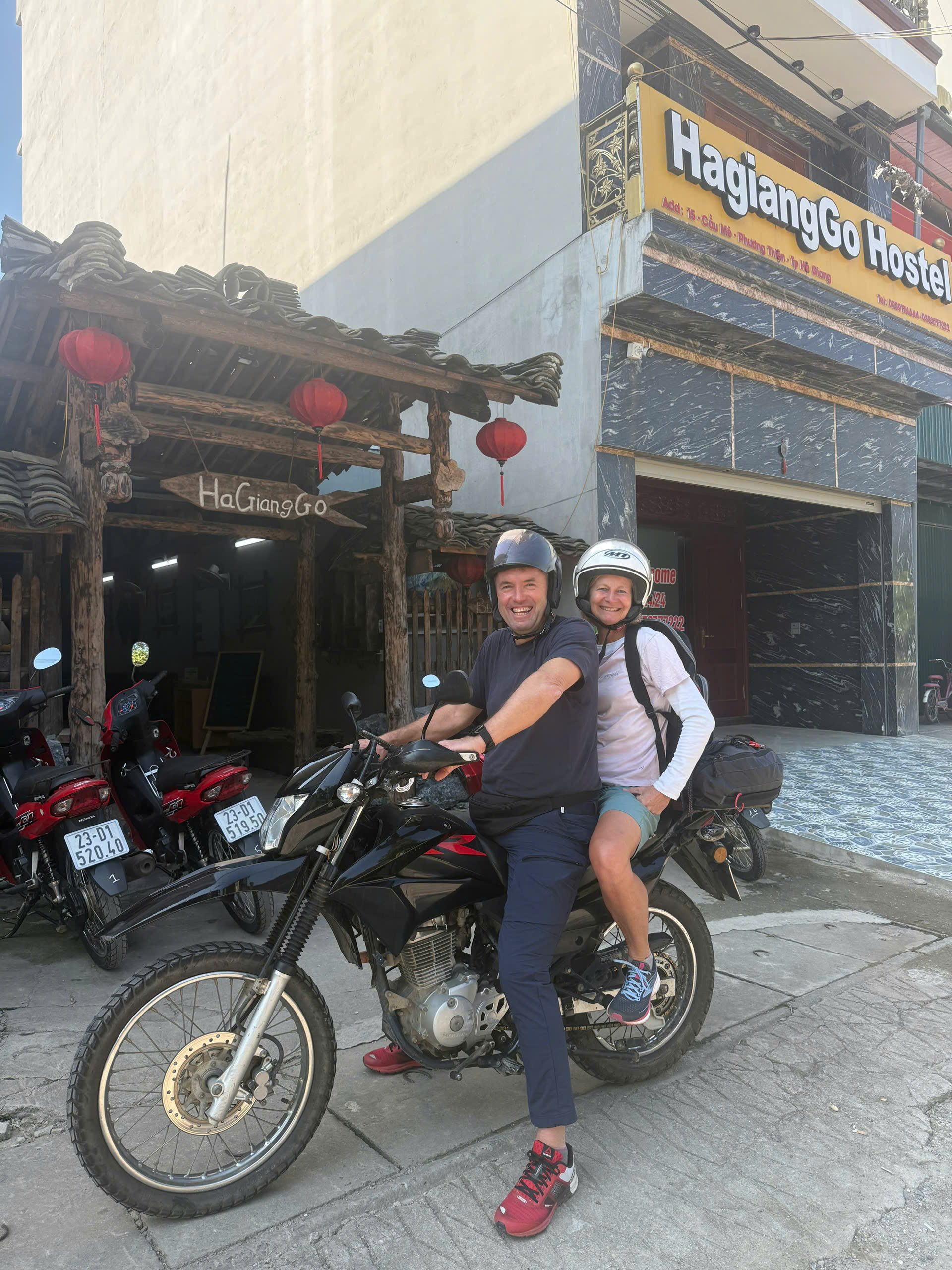1. Where is Ha Giang?
Ha Giang is situated in the northernmost part of Vietnam, approximately 300 kilometres (about 185 miles) from Hanoi. This province shares a border with China and is renowned for its rugged terrain, limestone peaks, and vibrant ethnic minority communities. Due to its remote location, Ha Giang has remained relatively untouched by mass tourism, preserving its natural beauty and cultural authenticity.
The closest major airport to Ha Giang is Noi Bai International Airport (HAN) in Hanoi. Travellers typically fly into Hanoi and spend a few days exploring the capital before embarking on the journey to Ha Giang.
Ha Giang is divided into several districts such as Dong Van, Meo Vac, Yen Minh, and Quan Ba. Each of these districts boasts its own unique charm and offers visitors a different slice of local life. The provincial capital, also named Ha Giang, acts as the main entry point for tourists starting their exploration of this hidden gem.

The distance from Hanoi to Ha Giang
Here’s a quick rundown of distances from other popular spots:
- Hanoi to Ha Giang: ~300 km
- Sapa to Ha Giang: ~240 km
- Ninh Binh to Ha Giang: ~350 km
But why is it still relatively unheard of? Simple: its remote location and rugged terrain have kept mass tourism at bay. However, for the brave and adventurous traveler, Ha Giang is paradise. With fewer crowds and more open skies, it offers one of Southeast Asia's most scenic motorcycle routes - the Ha Giang Loop.
2. How to travel from Hanoi to Ha Giang?
Ha Giang is a remote province in northern Vietnam, and reaching it from Hanoi is an interesting experience. Depending on your preferences for comfort, budget, there are several transportation options to consider.
Note: The below-mentioned ticket price information is for reference only and may change depending on the time and the operator's policy.
2.1. By Bus
Taking a bus is a popular and budget-friendly option. The journey typically takes between 6 to 8 hours, depending on traffic and road conditions. Several reputable bus companies operate daily routes both day and night between Hanoi and Ha Giang that you can refer to:
Ha Giang Open Tour
- Pick up: Hanoi Old Quarter or Noi Bai International Airport at 7 AM, 4 PM
- Drop off: Ha Giang City
- Ticket: From 13$/person
- Website: https://hagiangopentour.com
Daiichi Travel
- Pick up: Hanoi Old Quarter at 7 AM, 4 PM, 9 PM
- Drop off: Ha Giang City
- Ticket: From 15$/person
- Website: https://daiichitravel.vn
Queen Cafe Bus
- Pick up: 208 Tran Quang Khai Street, Hoan Kiem District at 7 AM, 9 AM
- Drop off: Ha Giang City Centre
- Ticket: 13$/person
- Website: https://queenbus.com.vn
Bang Phan Bus
- Pick up: 156 Tran Quang Khai Street or Noi Bai International Airport at 7 AM, 4 PM, 9 PM
- Drop off: Ha Giang Bus Station in the city centre
- Ticket: 11$/person
- Website: https://xebangphan.vn
>>> Best way to get to Ha Giang Vietnam: Book Ha Giang Loop tour with HaGiangGo
2.2. By Motorbike
For the adventurous, renting a motorbike offers the freedom to explore Ha Giang's stunning landscapes at your own pace. The journey from Hanoi to Ha Giang by motorbike takes approximately 8 to 10 hours, depending on stops and road conditions.
Fortunately, renting a motorbike in Hanoi is easy with hundreds of rental shops available. It’s a good idea to ask about the return process - ideally, choose a rental shop that allows you to return the motorbike and collect your documents right in Ha Giang.

Riding a motorbike to Ha Giang is an unforgettable adventure - Source: Ha Giang Road Trip
2.3. By Private Car with Driver
For those seeking comfort and flexibility, hiring a private car with a driver is an excellent option. This service is especially convenient for groups or families. Recommended car rental services:
- Phong Nha Locals
- Culture Pham Travel
- Hanoi Journey
3. Quick guide for first-time visitors to Ha Giang
3.1. History and cultural background
The Rich Ethnic Diversity of Ha Giang
Ha Giang is home to over 20 different ethnic groups, including the Hmong, Tay, Dao, Nung, and Lo Lo people. These groups have preserved their unique languages, customs, and traditional attire for generations. Their vibrant culture is visible in everything from colorful marketplaces to ancestral festivals.
Walking through a village in Ha Giang is like stepping into a living museum. You'll find stilt houses nestled among terraced fields, women weaving intricate fabrics, and children playing in traditional clothes. Unlike more commercial areas in Vietnam, the people here are not performing for tourists, they’re simply living their truth, and that’s what makes the experience so genuine.
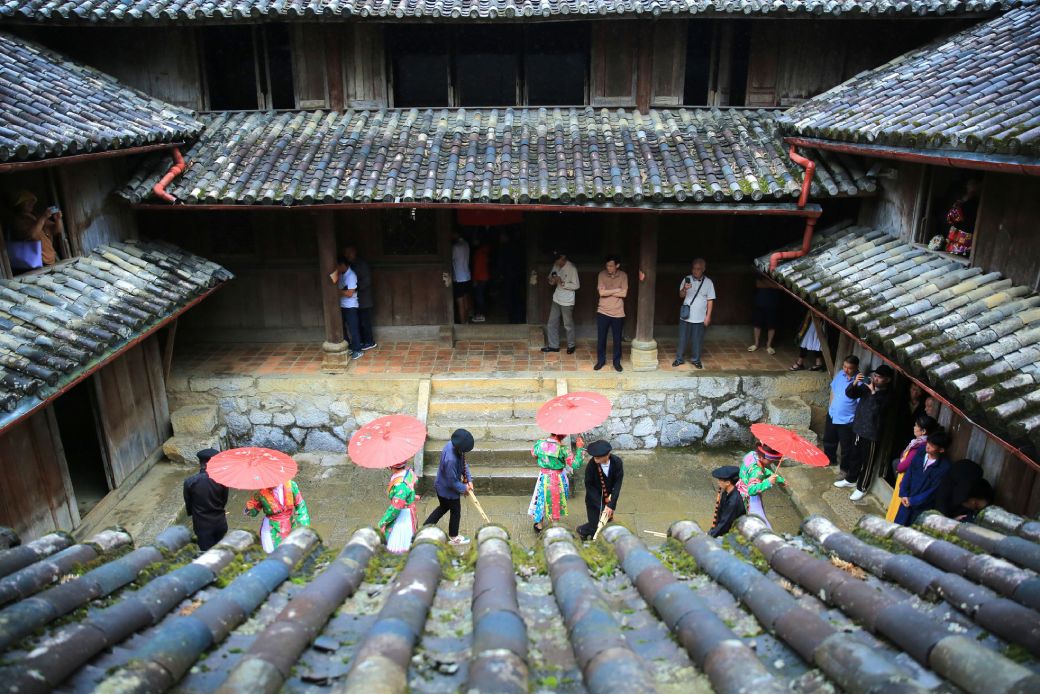
A traditional dance of Ha Giang people - Source: Tienphong
Historical Significance of the Region
Historically, Ha Giang has been a frontier region, bearing the imprints of both Vietnamese and Chinese influences due to its strategic border location. During the Vietnam War, this region saw significant military activity and remains an important part of the country's history.
The Dong Van Plateau, for example, was declared a UNESCO Global Geopark for its unique geological formations and fossils dating back over 500 million years. It’s not just about scenic views, it’s about stepping into an ancient land that tells a story written in stone and soul.
3.2. The best time to visit Ha Giang
Ha Giang is a destination you can visit almost all year round.
- In the early months of the year, Ha Giang is draped in dreamy white as apricot and plum blossoms blanket the hills - it feels like walking through clouds.
- In May, the rice terraces sparkle with water, creating breathtaking mirror-like landscapes in the pouring season.
- June and July often go unnoticed due to sudden summer rains, but those very showers breathe life into the mountains, covering them in a rich, vibrant green that’s hard to forget.
- From October to December, Ha Giang truly shines. It’s the locals’ favorite time, when delicate buckwheat flowers bloom in soft pinks and fields of bright yellow mustard flowers stretch across the valleys.
Tips: The best time to visit Ha Giang is from October to November, when the rice terraces turn golden and the skies are usually clear. This is also the season for the Buckwheat Flower Festival, a visual treat that turns the landscapes into a fairytale. Spring, especially March, is another fantastic time as the weather begins to warm up and the plum and peach blossoms are in full bloom, making every photo Instagram-worthy.
>>> Read more about Ha Giang weather
3.3. Top most popular attractions to visit in Ha Giang
Ha Giang boasts numerous attractions that showcase its natural beauty and cultural richness. The attractions in Ha Giang are often far apart, so you’ll need at least 3 days to get a decent feel for the place, but 5 days or more is ideal if you want to take it all in. The top attractions in Ha Giang can be mentioned as:
1 - Ma Pi Leng Pass - The King of Vietnam’s Mountain Roads
Arguably the most famous attraction in Ha Giang, Ma Pi Leng Pass is not just a road - it’s an experience. Winding along cliffs and carved into the mountainside, this breathtaking pass offers dramatic, panoramic views of the Nho Que River far below. The turquoise ribbon of water slicing through rugged limestone peaks creates a scene so surreal. Whether you ride a motorbike or stop at the viewpoints, Ma Pi Leng will leave you speechless.
2 - Dong Van Karst Plateau Geopark - A land sculpted by time
Recognised by UNESCO as a Global Geopark, Dong Van Karst Plateau is a geological wonderland. Covering vast stretches of ancient limestone mountains, this area tells a story dating back 400 million years. But it’s not just about rocks - the plateau is home to ethnic minority communities who have lived in harmony with this rugged terrain for generations. It’s a perfect blend of nature, history, and human resilience.
3 - Dong Van Ancient Town - Where time stands still
Nestled in a valley surrounded by towering peaks, Dong Van Old Town is a delightful stopover for culture lovers. Its narrow alleys, ancient stone houses, and vibrant weekend markets offer a glimpse into traditional life in northern Vietnam. Grab a cup of coffee in a restored colonial building, or wander through the market where ethnic groups trade handmade goods and local produce.
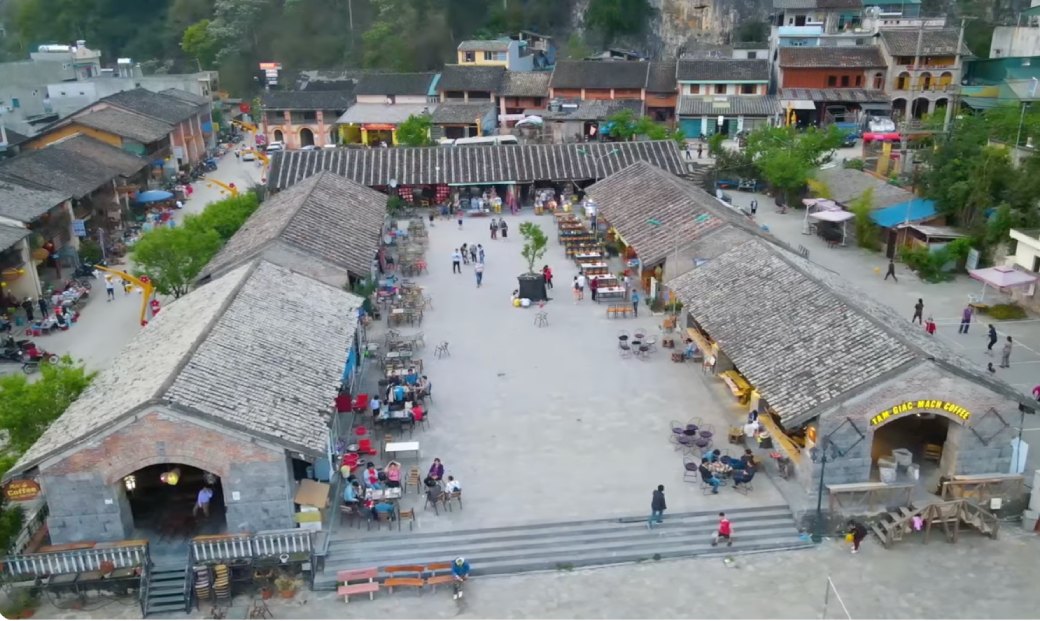
A corner of Dong Van Ancient Town - Source: Vietnamnet
4 - Quan Ba Heaven Gate - Touching the sky
As you enter the Ha Giang loop, Quan Ba Heaven Gate is one of the first viewpoints to take your breath away. At over 1,500 meters above sea level, it opens up to a sweeping panorama of rolling hills, valleys, and the famous “Twin Mountains” of Quan Ba. It’s the perfect spot to pause, breathe in the fresh mountain air, and prepare yourself for the wonders ahead.
5 - Hoang Su Phi Terraced Fields - Nature’s Masterpiece
If you visit during rice harvest season (typically September to October), the terraced fields of Hoang Su Phi are a must-see. Cascading down the mountains like golden steps, these terraces are among the most beautiful in all of Southeast Asia. Beyond the views, you’ll also find warm hospitality in local homestays and a chance to trek through remote villages untouched by mass tourism.
6 - Nho Que River - The hidden gem
Don’t leave Ha Giang without a boat ride on the Nho Que River. Flowing peacefully beneath Ma Pi Leng Pass, this emerald-green river winds through deep canyons and jagged cliffs, offering one of the most scenic boat journeys in Vietnam. Whether at sunrise or sunset, the tranquillity and raw beauty of Nho Que River will stay with you long after you leave.

Nho Que River is one of the most interesting attractions in Ha Giang - Source: Vietnam-360
3.3. Accommodation in Ha Giang
Though it’s a mountainous region, Ha Giang offers a surprisingly wide range of accommodations to suit all kinds of travelers. From homestays and hotels to resorts, you’ll find plenty of options here. That said, nothing beats the experience of staying in a traditional stilt house - it’s where the magic truly happens.
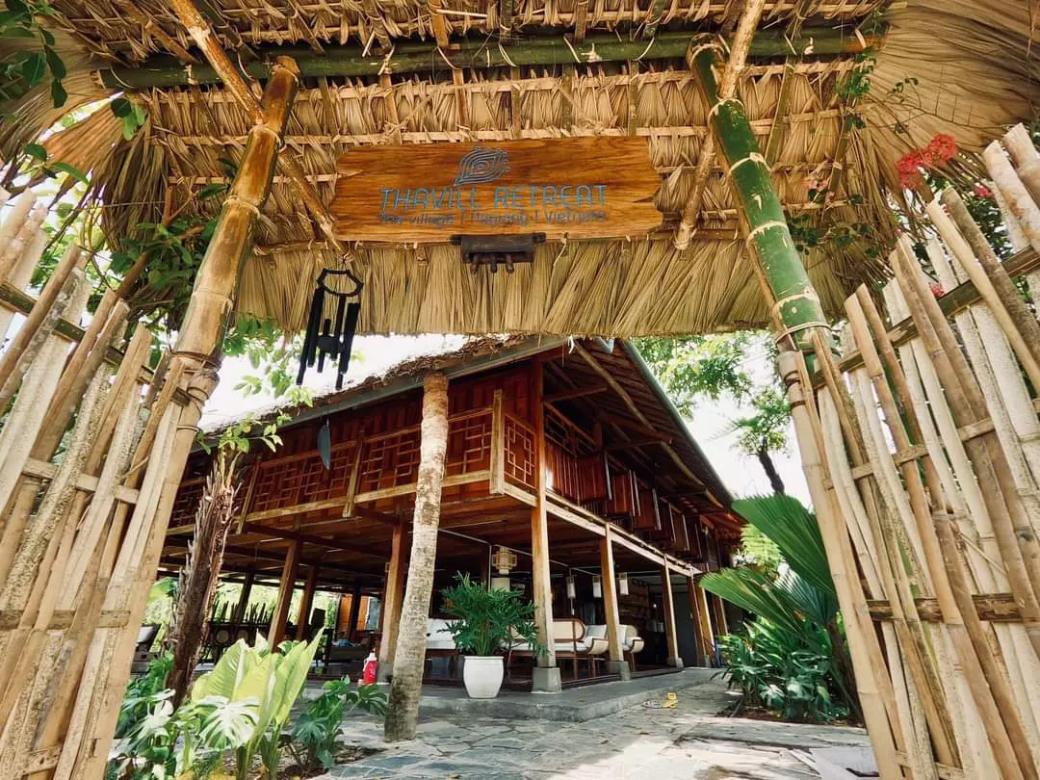
A stilt house in Ha Giang - Source: Aloifood
Ha Giang is a hidden gem in Vietnam, offering unparalleled natural beauty and cultural experiences. Whether you choose to travel by bus, motorbike, or private car, the journey to Ha Giang promises adventure and unforgettable memories. Plan your trip according to your preferences and immerse yourself in the wonders of this remarkable province.
|
Let Hagianggo be your trusted companion to discover the authentic beauty of Ha Giang province. As a local specialist with deep roots in the region, Hagianggo offers carefully crafted experiences that go beyond typical tourism.
|


